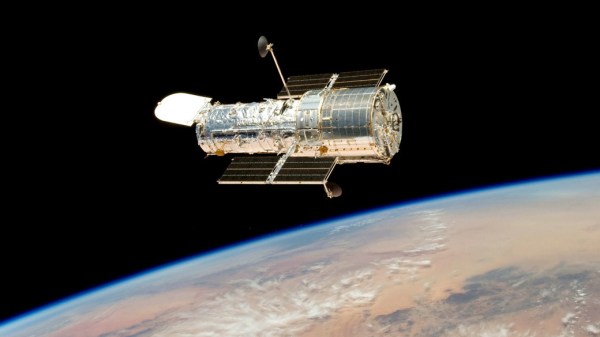Good news this morning from low Earth orbit, where the Hubble Space Telescope is back online after a long and worrisome month of inactivity following a glitch with the observatory’s payload computer.
We recently covered the Hubble payload computer in some depth; at the time, NASA was still very much in the diagnosis phase of the recovery, and had yet to determine a root cause. But the investigation was pointing to one of two possible culprits: the Command Unit/Science Data Formatter (CU/SDF), the module that interfaces the various science instruments, or the Power Control Unit (PCU), which provides regulated power for everything in the payload computer, more verbosely known as the SI C&DH, or Scientific Instrument Command and Data Handling Unit.
In the two weeks since that report, NASA made slow but steady progress, methodically testing every aspect of the SI C&DH. It wasn’t until just two days ago, on July 14, that NASA made a solid determination on root cause: the Power Control Unit, or more specifically, the power supply protection circuit on the PCU’s 5-volt rail. The circuit is designed to monitor the rail for undervoltage or overvoltage conditions, and to order the SI C&DH to shut down if the voltage is out of spec. It’s not entirely clear whether the PCU is actually putting out something other than 5 volts, or if the protection circuit has perhaps degraded since the entire SI C&DH was replaced in the last service mission in 2009. But either way, the fix is the same: switch to the backup PCU, a step that was carefully planned out and executed on July 15th.
To their credit, the agency took pains that everyone involved would be free from any sense of pressure to rush a fix — the 30-year-old spacecraft was stable, its instruments were all safely shut down, and so the imperative was to fix the problem without causing any collateral damage, or taking a step that couldn’t be undone. And further kudos go to NASA for transparency — the web page detailing their efforts to save Hubble reads almost like a build log on one of our projects.
There’s still quite a bit of work to be done to get Hubble back into business — the science instruments have to be woken up and checked out, for instance — but if all goes well, we should see science data start flowing back from the space telescope soon. It’s a relief that NASA was able to pull this fix off, but the fact that Hubble is down to its last backup is a reminder Hubble’s days are numbered, and that the best way to honor the feats of engineering derring-do that saved Hubble this time and many times before is to keep doing great science for as long as possible.












